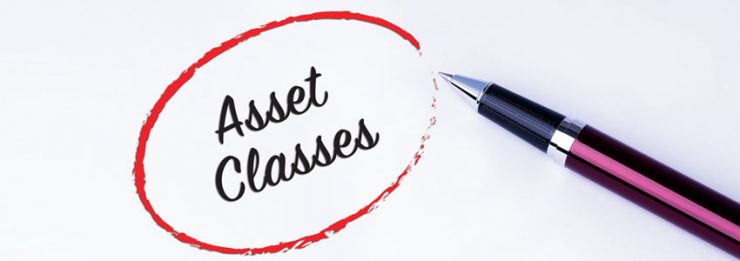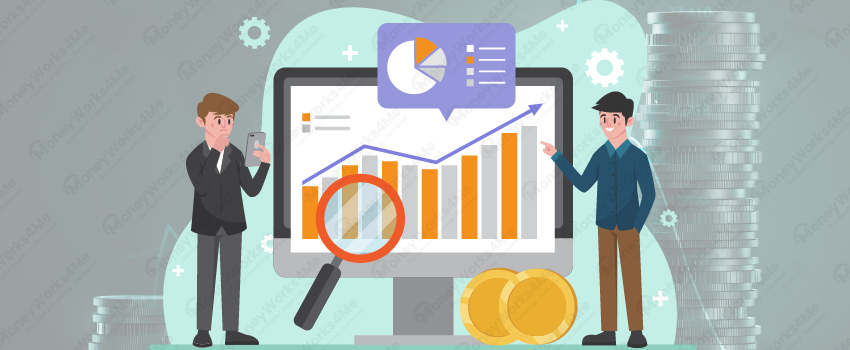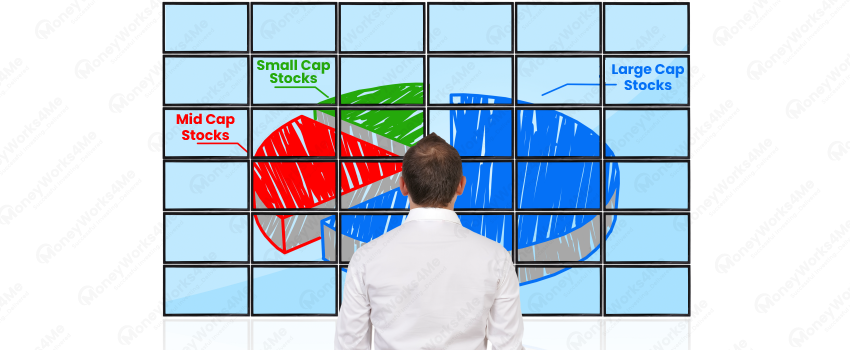An Asset class is like a basket of investment opportunities having similar nature like how it works, risk-return, liquidity etc. Each Asset class is likely to exhibit different risk and return relationship.
Popular Assets classes are typically divided into two types Growth & Security. Growth best achieved through Equity—higher returns, higher risk; Security through Debt—more secure, lower returns.
| Asset class | Direct Stocks | Mutual Funds | Index Funds | Liquid Funds | Long-term Debt |
| Category | Equity | Equity | Equity | Debt | Debt |
| What? | Stocks/Shares ownership in a company | A portfolio of stocks (Some have debt instrument too) | A portfolio of stocks that is based on a particular index (e.g. Nifty 50) | Very low-risk fixed-income assets that invests in very short-term debts and Govt. securities | Long term debt, Govt. securities that give better than FD- returns |
| When to invest? | When fundamentally sound stocks are available at a discount from its fair value | When available with a good Potential Upside i.e. future returns | When there’s no better opportunity in Direct Stocks & Mutual Funds | When market gets expensive | Always a fixed portion to be invested |
| Why? | To earn high returns on a long term basis. No cost investment in Stocks (except the Demat brokerage) | To complement Direct stock investment. Different investment styles work under different market conditions | Low cost diversification. More predictable returns. Easy-exit when a better opportunity in equity is available | To temporarily park funds and earn close to after tax FD-returns.When the markets move lower, then use it to buy more equity | To provide for Security need |
| Limitations? | Short-term drawdown at stock-level | High cost, Risks that a Fund Manager takes, Not as easy to exit as stocks | No customisation, Not many options available in India | Low returns | Low returns |
| Volatility | Very High | High | Medium to High | Low | Low |
| Invested for? | Long-term | Medium to Long-term | Medium to Long-term |
Short-term | Long-term |
Apart from the above mentioned, there are a few more Asset classed like Cash, Commodities and Real estate.
You need to look at your Investable Surplus as one portfolio, and allocate it to different Asset classes based on your needs and your Risk Profile.
Note on Fixed Deposits: Return quoted for FDs is pre-tax return. If it’s 7-8%, then after tax return may be in the range of 5-6%. It may not be adequate to beat inflation! Read this story from Mint newspaper
Read the next article to know: ‘Why do you need to do Asset Allocation?’
If you liked what you read and would like to put it in to practice Register at MoneyWorks4me.com. You will get amazing FREE features that will enable you to invest in Stocks and Mutual Funds the right way.
Need help on Investing? And more….Puchho Befikar
Kyunki yeh paise ka mamala hai
Start Chat | Request a Callback | Call 020 6725 8333 | WhatsApp 8055769463










